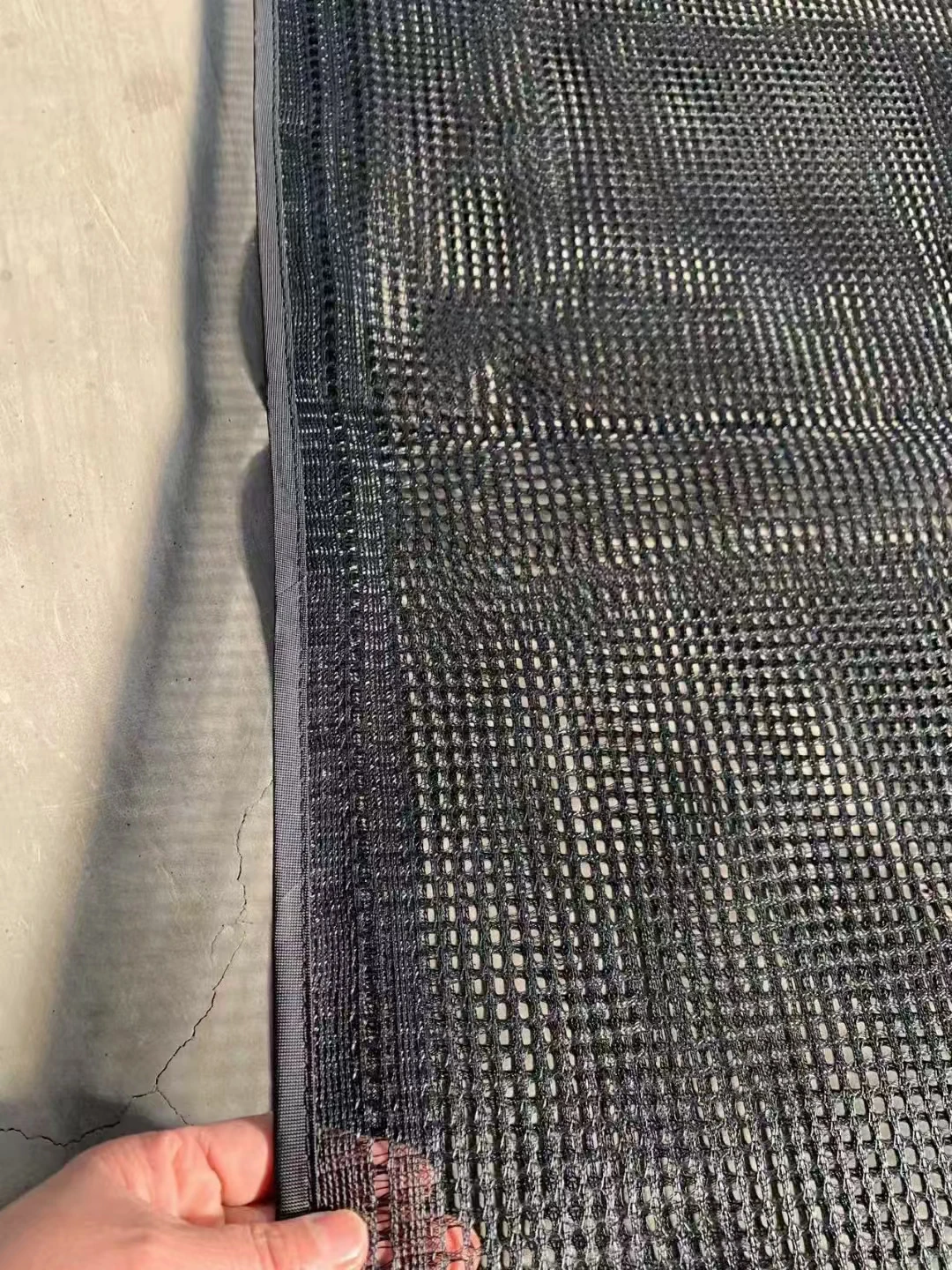-
 Afrikaans
Afrikaans -
 Albanian
Albanian -
 Amharic
Amharic -
 Arabic
Arabic -
 Armenian
Armenian -
 Azerbaijani
Azerbaijani -
 Basque
Basque -
 Belarusian
Belarusian -
 Bengali
Bengali -
 Bosnian
Bosnian -
 Bulgarian
Bulgarian -
 Catalan
Catalan -
 Cebuano
Cebuano -
 China
China -
 Corsican
Corsican -
 Croatian
Croatian -
 Czech
Czech -
 Danish
Danish -
 Dutch
Dutch -
 English
English -
 Esperanto
Esperanto -
 Estonian
Estonian -
 Finnish
Finnish -
 French
French -
 Frisian
Frisian -
 Galician
Galician -
 Georgian
Georgian -
 German
German -
 Greek
Greek -
 Gujarati
Gujarati -
 Haitian Creole
Haitian Creole -
 hausa
hausa -
 hawaiian
hawaiian -
 Hebrew
Hebrew -
 Hindi
Hindi -
 Miao
Miao -
 Hungarian
Hungarian -
 Icelandic
Icelandic -
 igbo
igbo -
 Indonesian
Indonesian -
 irish
irish -
 Italian
Italian -
 Japanese
Japanese -
 Javanese
Javanese -
 Kannada
Kannada -
 kazakh
kazakh -
 Khmer
Khmer -
 Rwandese
Rwandese -
 Korean
Korean -
 Kurdish
Kurdish -
 Kyrgyz
Kyrgyz -
 Lao
Lao -
 Latin
Latin -
 Latvian
Latvian -
 Lithuanian
Lithuanian -
 Luxembourgish
Luxembourgish -
 Macedonian
Macedonian -
 Malgashi
Malgashi -
 Malay
Malay -
 Malayalam
Malayalam -
 Maltese
Maltese -
 Maori
Maori -
 Marathi
Marathi -
 Mongolian
Mongolian -
 Myanmar
Myanmar -
 Nepali
Nepali -
 Norwegian
Norwegian -
 Norwegian
Norwegian -
 Occitan
Occitan -
 Pashto
Pashto -
 Persian
Persian -
 Polish
Polish -
 Portuguese
Portuguese -
 Punjabi
Punjabi -
 Romanian
Romanian -
 Russian
Russian -
 Samoan
Samoan -
 Scottish Gaelic
Scottish Gaelic -
 Serbian
Serbian -
 Sesotho
Sesotho -
 Shona
Shona -
 Sindhi
Sindhi -
 Sinhala
Sinhala -
 Slovak
Slovak -
 Slovenian
Slovenian -
 Somali
Somali -
 Spanish
Spanish -
 Sundanese
Sundanese -
 Swahili
Swahili -
 Swedish
Swedish -
 Tagalog
Tagalog -
 Tajik
Tajik -
 Tamil
Tamil -
 Tatar
Tatar -
 Telugu
Telugu -
 Thai
Thai -
 Turkish
Turkish -
 Turkmen
Turkmen -
 Ukrainian
Ukrainian -
 Urdu
Urdu -
 Uighur
Uighur -
 Uzbek
Uzbek -
 Vietnamese
Vietnamese -
 Welsh
Welsh -
 Bantu
Bantu -
 Yiddish
Yiddish -
 Yoruba
Yoruba -
 Zulu
Zulu
agricultural netting
The Importance of Agricultural Netting in Modern Farming
In recent years, agricultural netting has emerged as an essential component in modern farming practices, helping to optimize crop production and ensure sustainability. With the increasing pressures of climate change, pests, and the need for efficient resource management, farmers are turning to innovative solutions like netting to safeguard their crops.
Agricultural netting refers to a variety of mesh materials that are designed to cover crops and provide protection from various environmental factors. This netting comes in different types, including shade cloth, bird netting, and insect netting, each serving specific purposes. The primary benefits of agricultural netting are its ability to protect crops from pests, reduce water evaporation, and control sunlight exposure.
One of the most significant advantages of agricultural netting is its role in pest management. Insects can be detrimental to crop yields, consuming plants and spreading diseases. By using fine mesh netting, farmers can create a physical barrier that prevents pests from accessing the crops. This method reduces the need for chemical pesticides, promoting an eco-friendly approach to farming that minimizes harm to beneficial insects and the environment.
agricultural netting

In addition to pest protection, agricultural netting can help regulate temperature and sunlight for crops. In areas with intense sunlight, shade cloth can be employed to protect plants from excessive UV radiation and overheating. This is particularly beneficial for delicate crops that may suffer from sunburn or heat stress. On the other hand, in cooler climates, netting can help trap heat, creating a microclimate that encourages growth and extends the growing season.
Water conservation is another area where agricultural netting proves advantageous. By reducing evaporation, netting helps retain soil moisture, an essential factor in arid regions or during dry spells. This efficiency in water use not only conserves this valuable resource but also leads to healthier plants and improved yields.
Moreover, agricultural netting facilitates better management of crops by allowing farmers to monitor them closely without the interference of pests. With the reduction of chemical inputs and improved growing conditions, crops can thrive, leading to increased productivity and profitability.
In conclusion, agricultural netting presents a multifaceted solution to some of the most pressing challenges faced by modern farmers. By protecting crops from pests, managing sunlight and temperature, and conserving water, netting promotes sustainable agricultural practices that align with environmental conservation goals. As we continue to face global food security challenges, embracing techniques like agricultural netting will be vital in ensuring that farmers can produce healthy, abundant crops while minimizing their ecological footprint. Ultimately, investing in agricultural netting is not just a choice for individual farmers, but a step towards a more sustainable and resilient agricultural future.
-
Shipping Plastic Bags for Every NeedNewsJul.24,2025
-
Safety Netting: Your Shield in ConstructionNewsJul.24,2025
-
Plastic Mesh Netting for Everyday UseNewsJul.24,2025
-
Nylon Netting for Every UseNewsJul.24,2025
-
Mesh Breeder Box for Fish TanksNewsJul.24,2025
-
Expanded Steel Mesh Offers Durable VersatilityNewsJul.24,2025











